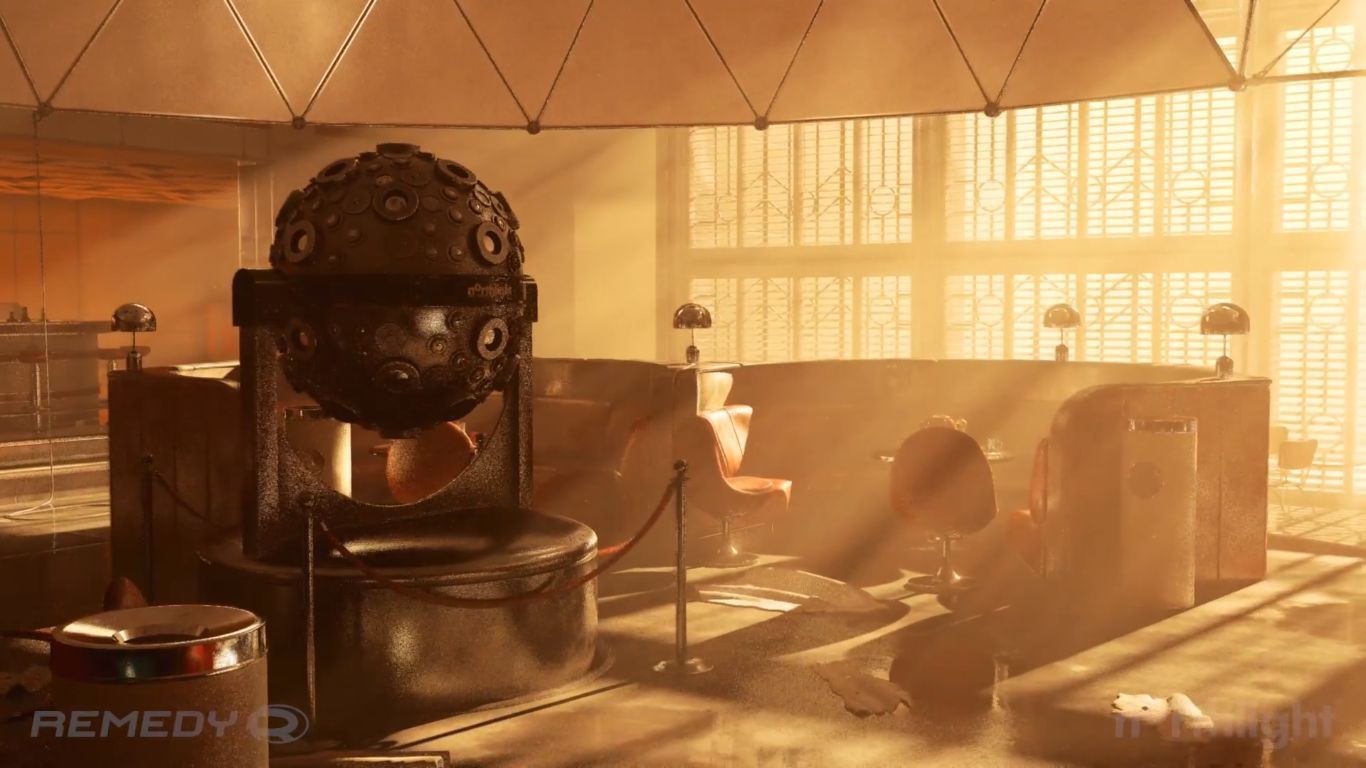Today at GDC, Microsoft announced DirectX Raytracing or DXR for short. It's basically the first step towards getting real-time raytracing into mass market games.
The technology, that will be built into the current DirectX 12 API, has been developed in partnership with Nvidia, and promises to take a step beyond what is possible with the current base of 3D graphics, rasterization.
According to Microsoft, this will "bridge the gap between the rasterization techniques employed by games today, and the full 3D effects of tomorrow." It will also "open the door to an entirely new class of techniques that have never been achieved in a real-time game."
Of course, while the changes promises are significant, the process of adoption will be gradual. For the time being, DXR will supplement help with current rendering techniques like screen space reflections, where it will deal with the tech's most tricky problem. To be more precise, it will generate data related to objects that aren't visible on the screen. This will result in visual improvements that may not be revolutionary but are certainly welcome.
Over the next several years, Microsoft expects to see raytracing used for techniques that cannot be achieved with rasterization, like true global illumination. Eventually, the goal is to replace rasterization entirely, but that'll take a long while to achieve.
Microsoft has been working closely with developers, and among the studios that will integrate DXR in their engine we find Electronic Arts with Frostbite and its Seed project, Epic Games with Unreal Engine, Futuremark with 3DMark, Unity Technology with Unity (duh!), Remedy Entertainment with its Northlight engine and more that will be announced soon.
You can check out a couple of examples below.

